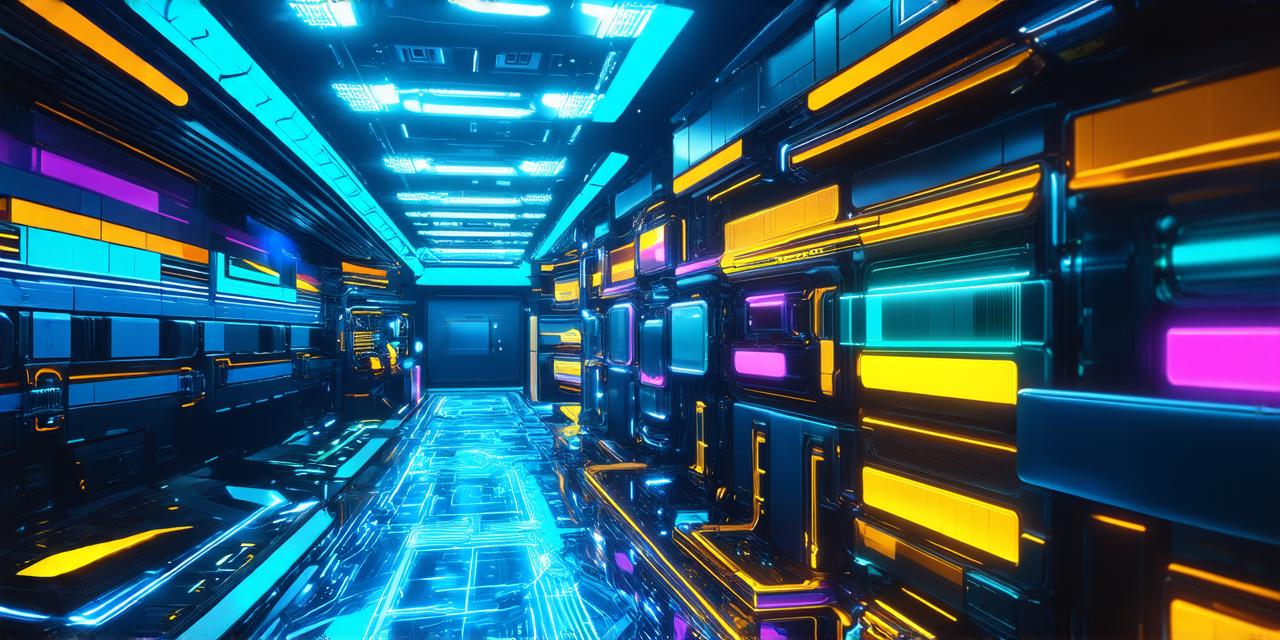As augmented reality (AR) and virtual reality (VR) technology continues to advance, there is an increasing demand for professionals with expertise in these fields. If you are interested in pursuing a career in AR or VR development, it’s important to have the right skills. In this article, we will discuss the essential skills that you need to succeed in AR and VR development.
1. Programming Skills
One of the most important skills for AR and VR development is programming. You need to be proficient in at least one programming language, such as C++, Java, or Python. Additionally, you should have experience with game engines like Unity or Unreal Engine, which are commonly used for AR and VR development.
2. 3D Design Skills
AR and VR experiences often involve 3D design, so having strong 3D modeling and texturing skills is essential. You should be familiar with software such as Blender, Maya, or 3ds Max. Additionally, you should have experience with creating assets that are optimized for AR and VR platforms.
3. User Experience (UX) Design Skills
AR and VR experiences should be intuitive and easy to use. To create a positive user experience, you need to have strong UX design skills. This includes understanding user behavior, designing interfaces that are intuitive, and testing your designs with real users.
4. Motion Capture and Tracking Skills
AR and VR experiences often involve motion capture and tracking. You should be familiar with motion capture technology and how it works. Additionally, you should have experience with tracking systems like the Oculus SDK or the Unity Animation window.
5. Mobile Development Skills
AR and VR experiences are often accessed through mobile devices, so having strong mobile development skills is essential. You should be familiar with mobile development frameworks such as React Native or Xamarin. Additionally, you should have experience with creating cross-platform AR and VR experiences that work on both Android and iOS devices.
6. Collaboration and Communication Skills
AR and VR development often involves collaboration with a team of developers, designers, and other stakeholders. You need to be able to effectively communicate your ideas and collaborate with others to create successful AR and VR experiences.
7. Creativity and Innovation Skills
AR and VR development requires creativity and innovation. You should be able to think outside the box and come up with new and unique ideas for AR and VR experiences. Additionally, you should be able to adapt to new technologies and stay up-to-date with the latest trends in AR and VR development.
Case Study: Google’s ARKit
Google’s ARKit is a powerful AR development platform that allows developers to create immersive AR experiences for iOS devices. One of the key features of ARKit is its ability to track the user’s environment in real-time, allowing developers to create AR experiences that are deeply integrated with the physical world.
To create an AR experience using ARKit, you need to have strong programming skills and be familiar with Objective-C or Swift. Additionally, you should have experience with 3D modeling and texturing, as well as UX design skills. Finally, you should be able to collaborate effectively with other stakeholders and think creatively to come up with new and innovative AR experiences.
Conclusion
AR and VR development is a rapidly growing field that requires a unique set of skills. To succeed in this field, you need to have strong programming skills, 3D design skills, UX design skills, motion capture and tracking skills, mobile development skills, collaboration and communication skills, creativity and innovation skills, and the ability to adapt to new technologies. By developing these skills and staying up-to-date with the latest trends in AR and VR development, you can create immersive and engaging AR and VR experiences that will captivate users around the world.
FAQs:
Q: What programming languages are commonly used for AR and VR development?
A: C++, Java, Python, and game engines like Unity or Unreal Engine are commonly used for AR and VR development.
Q: What software is commonly used for 3D modeling and texturing in AR and VR development?
A: Blender, Maya, and 3ds Max are commonly used for 3D modeling and texturing in AR and VR development.
